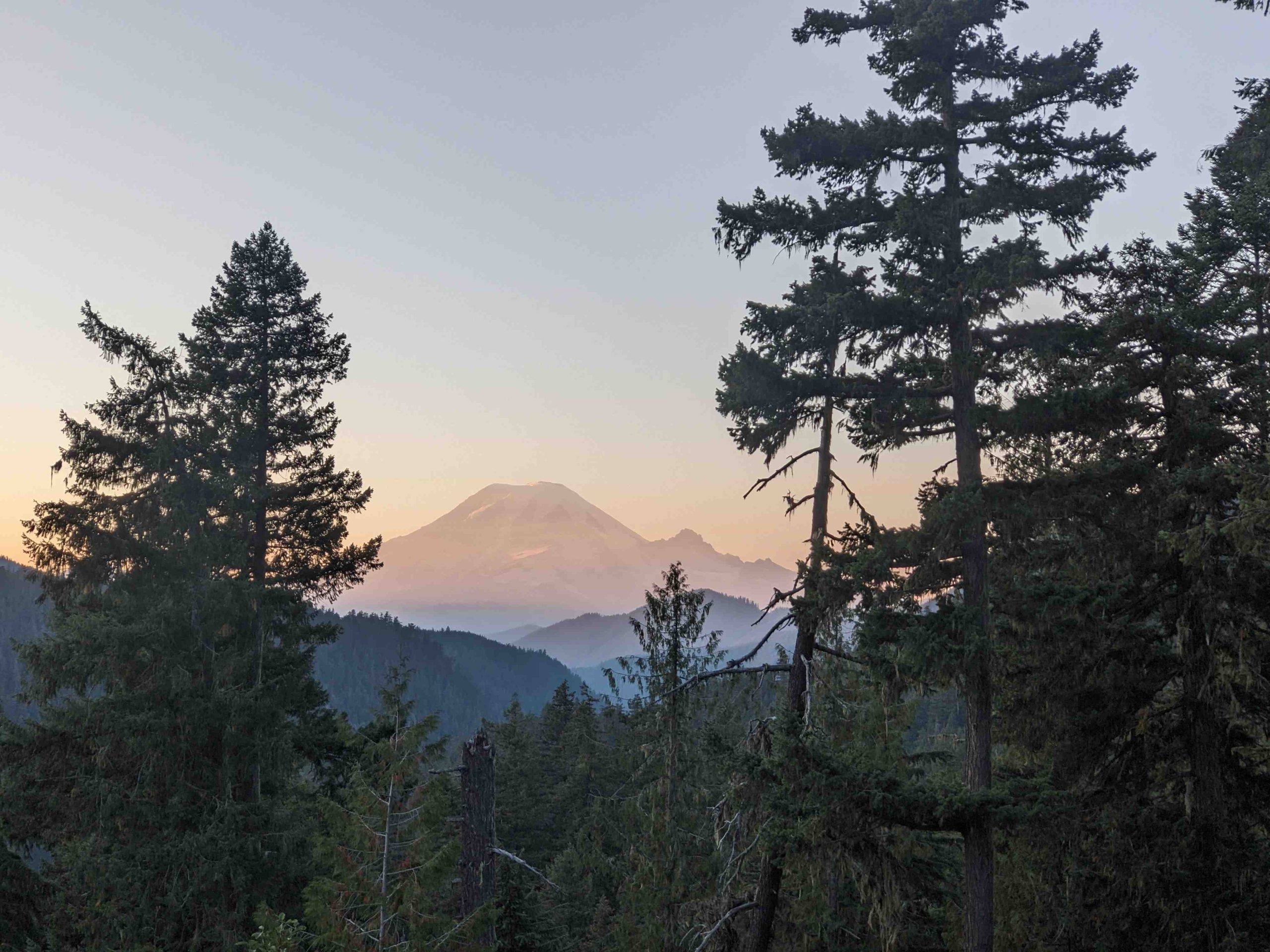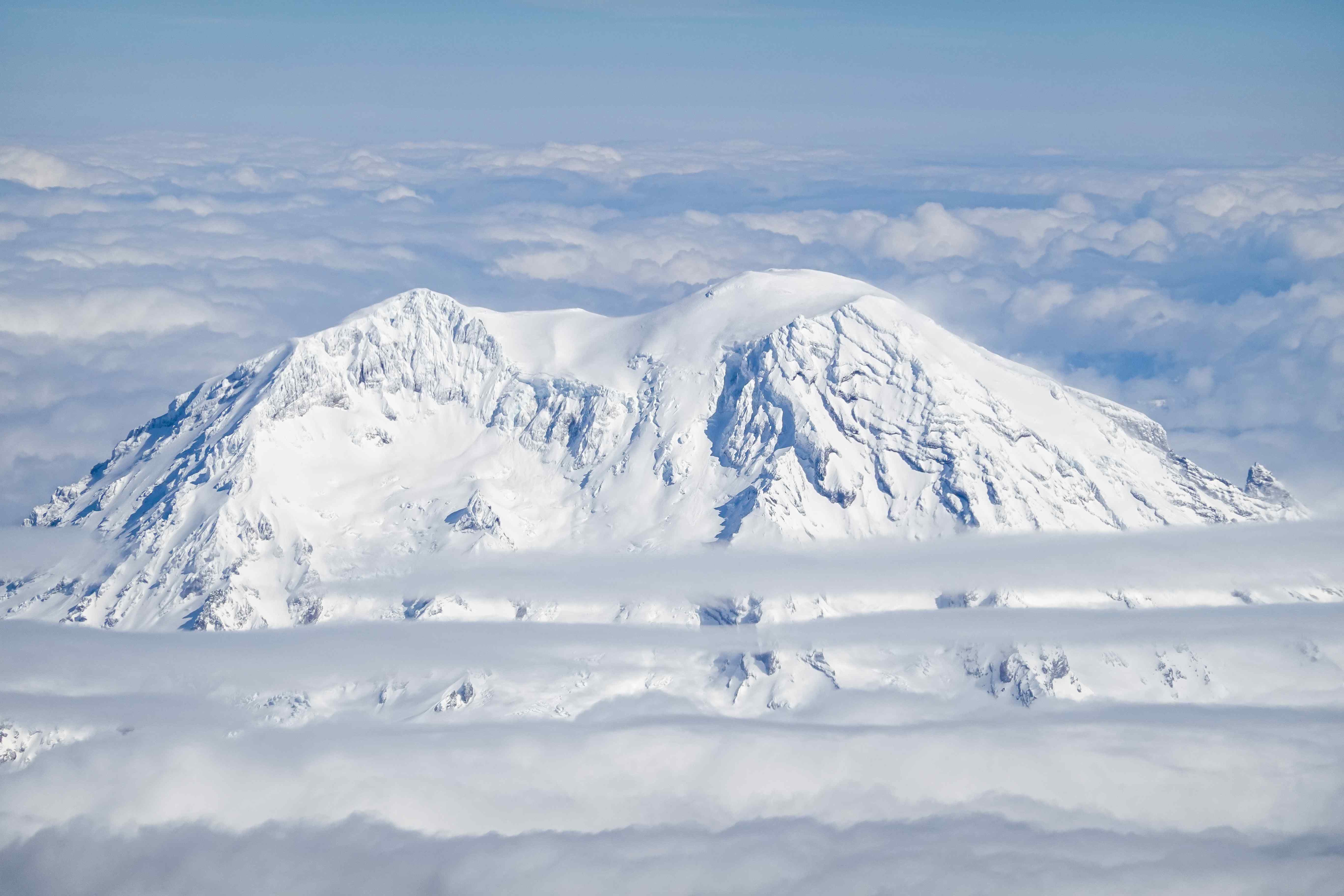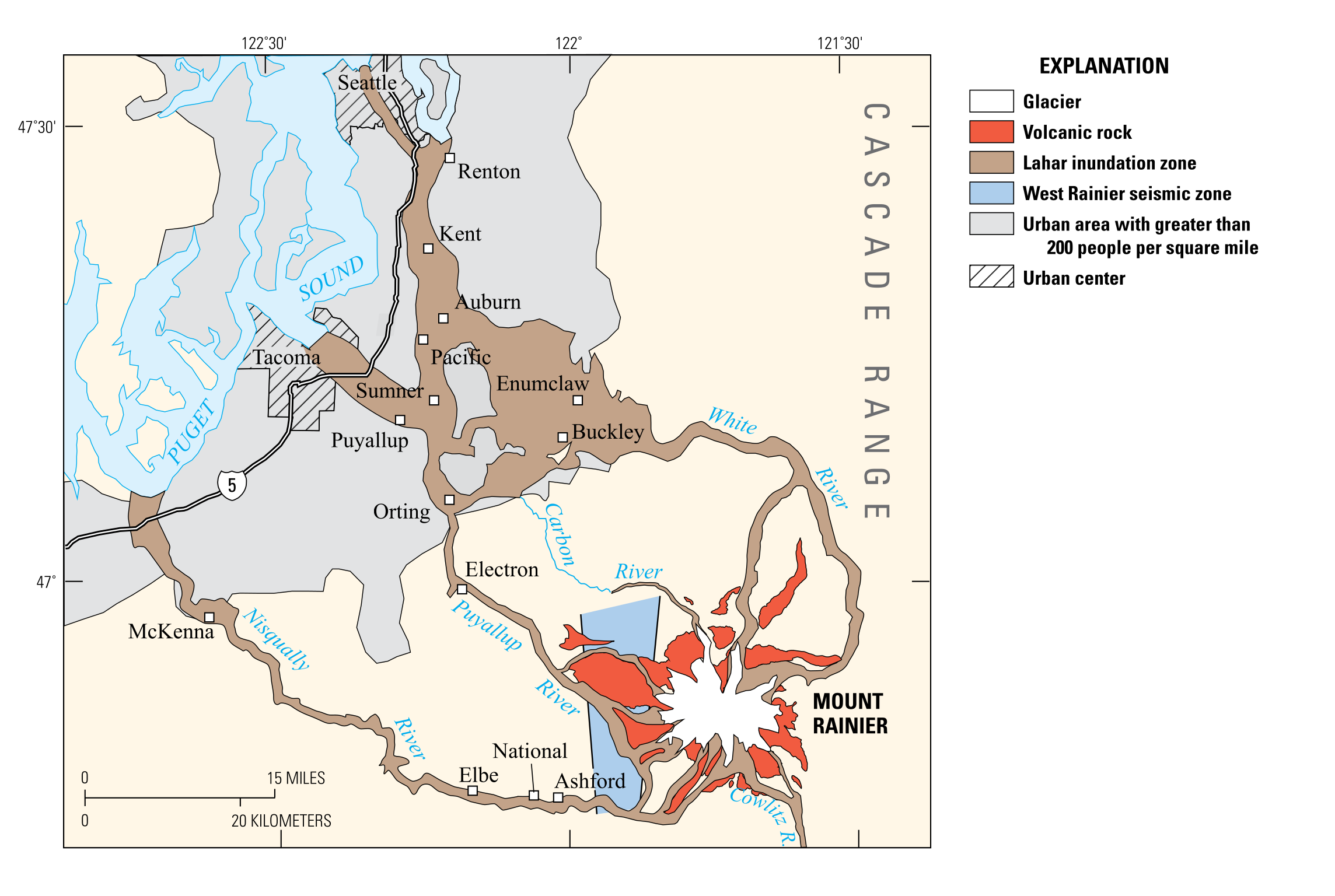Mount Rainier summit skis offer an exhilarating experience for advanced skiers seeking to conquer the iconic peak. This comprehensive guide covers essential information on snow conditions, ski routes, equipment specifications, and permit requirements. With its challenging terrain and breathtaking views, Mount Rainier provides a unique opportunity for backcountry skiing enthusiasts to test their skills and enjoy the beauty of the Pacific Northwest.
What Are the Current Snow Conditions for Mount Rainier Summit Skis?

The snow conditions at Mount Rainier are crucial for a successful and safe summit ski experience. As of recent reports:
- Snow depth at Camp Muir (10,080 feet) ranges from 20-26 inches
- Avalanche risk remains a significant concern
- Weather forecasts indicate a mix of cloudy and sunny conditions
- Above-normal temperatures are expected in the coming days
It’s important to note that the current snow depth is below the ideal base for optimal skiing. Skiers should exercise caution and stay informed about conditions through updates from the Northwest Avalanche Center and the Mount Rainier Recreational Center.
Snow Depth and Avalanche Risk Table
| Location | Snow Depth | Avalanche Risk |
|---|---|---|
| Camp Muir | 20-26 inches | High |
| Below 10,000 feet | Variable | Moderate to High |
Skiers are strongly advised to avoid areas with less than five feet of snow to protect fragile ecosystems and prevent damage to vegetation.
What Are the Primary Mount Rainier Summit Ski Routes?

The most popular route for Mount Rainier summit skis is the Camp Muir and Muir Snowfield route. Here are the key details:
- Difficulty Level: Intermediate to advanced
- Elevation Gain: 4,600 feet over 4.5 miles
- Starting Point: Henry M. Jackson Memorial Visitor Center at Paradise
- Endpoint: Camp Muir
Notable Landmarks and Hazards
- Panorama Point: Offers stunning views of the Tatoosh Mountains
- Muir Snowfield: Provides a broad area for skiing down
- Crevasses and glacier hazards: Skiers must be aware and prepared
It’s crucial to remember that this area is not frequently patrolled, so skiers must be self-sufficient and aware of their own risk.
What Are the Recommended Ski Specifications for Mount Rainier Summit Skiing?
Choosing the right equipment is essential for a safe and enjoyable Mount Rainier summit ski experience. Here are the recommended specifications:
- Ski Type: Alpine touring or backcountry skis
- Length: 160-180 cm
- Width: 80-100 mm
These specifications ensure versatility and performance in various snow conditions encountered on the mountain.
Additional Essential Gear
- Ski crampons for icy or hard snow conditions
- Skins for ascending
- Avalanche beacon, probe, and shovel for safety
What Are the Requirements and Costs for Mount Rainier Ski Permits?
While there isn’t a specific \”ski permit\” for Mount Rainier, there are several requirements and considerations for backcountry skiing:
- Climbing Permit:
- Required for climbing and skiing above 10,000 feet
- Free of charge
- Limited in number
-
Obtained through the Mount Rainier National Park website
-
Registration:
- Mandatory for all climbers and skiers
-
Completed at the Henry M. Jackson Memorial Visitor Center or other designated points
-
Group Size Limitations:
-
Maximum of 12 people for climbing and skiing above 10,000 feet
-
Seasonal Availability:
- Permits available year-round
- Best conditions typically from mid-November to mid-April
How Can I Prepare for Mount Rainier Summit Skis?
Proper preparation is key to a successful and safe Mount Rainier summit ski experience. Here are some essential steps:
- Physical Conditioning:
- Engage in regular cardiovascular exercises
- Focus on leg strength and endurance training
-
Practice hiking with a loaded backpack
-
Technical Skills:
- Gain experience in backcountry skiing
- Learn and practice avalanche safety techniques
-
Familiarize yourself with glacier travel and crevasse rescue
-
Equipment Preparation:
- Ensure all gear is in good condition
- Test and adjust bindings
-
Sharpen ski edges for icy conditions
-
Weather and Condition Monitoring:
- Regularly check weather forecasts
- Stay updated on avalanche reports
-
Consult with park rangers for current conditions
-
Route Planning:
- Study topographic maps of the area
- Identify potential hazards and escape routes
- Plan for various scenarios and contingencies
What Safety Precautions Should I Take for Mount Rainier Summit Skis?
Safety should be the top priority for anyone attempting Mount Rainier summit skis. Here are crucial precautions:
- Avalanche Safety:
- Always carry and know how to use an avalanche beacon, probe, and shovel
- Check avalanche forecasts before your trip
-
Avoid skiing alone and practice safe group travel techniques
-
Navigation:
- Carry a map, compass, and GPS device
- Know how to use these tools in low visibility conditions
-
Mark waypoints for important landmarks and your ascent route
-
Communication:
- Carry a fully charged cell phone and a satellite communication device
-
Inform someone of your planned route and expected return time
-
First Aid and Emergency Preparedness:
- Carry a comprehensive first aid kit
- Know basic wilderness first aid and self-rescue techniques
-
Pack emergency shelter and extra food and water
-
Weather Awareness:
- Be prepared for rapid weather changes
- Carry appropriate clothing layers for various conditions
- Know when to turn back if conditions deteriorate
What Are the Best Times of Year for Mount Rainier Summit Skis?
The optimal timing for Mount Rainier summit skis depends on various factors:
- Winter Season (December – February):
- Pros: Abundant snow, fewer crowds
-
Cons: Harsh weather, shorter daylight hours, higher avalanche risk
-
Spring Season (March – May):
- Pros: More stable weather, longer daylight hours, corn snow conditions
-
Cons: Rapidly changing snow conditions, potential for wet slides
-
Early Summer (June):
- Pros: Longer daylight hours, more stable weather
- Cons: Diminishing snow coverage, exposed crevasses
Recommended Timing Table
| Season | Snow Conditions | Weather | Avalanche Risk | Recommendation |
|---|---|---|---|---|
| Winter | Deep, powder | Harsh, unpredictable | High | Experienced skiers only |
| Spring | Varied, corn snow | More stable | Moderate | Best overall conditions |
| Early Summer | Diminishing coverage | Stable, warmer | Lower | Good for less experienced |
It’s important to note that conditions can vary greatly from year to year, and it’s always best to consult with local authorities and check current conditions before planning your trip.
How Can I Minimize My Environmental Impact While Summit Skiing on Mount Rainier?
As stewards of the environment, it’s crucial to minimize our impact while enjoying Mount Rainier’s beauty:
- Follow Leave No Trace Principles:
- Pack out all trash, including biodegradable items
- Use established campsites and trails when possible
-
Properly dispose of human waste
-
Protect Vegetation:
- Avoid skiing on areas with less than five feet of snow coverage
-
Stay on designated routes to prevent damage to fragile alpine plants
-
Respect Wildlife:
- Observe animals from a distance
-
Do not feed or approach wildlife
-
Use Sustainable Transportation:
- Carpool to the mountain when possible
-
Consider using shuttle services if available
-
Support Conservation Efforts:
- Volunteer for trail maintenance or cleanup events
- Donate to organizations working to preserve Mount Rainier National Park
By following these guidelines, we can help preserve Mount Rainier’s natural beauty for future generations of summit skiers to enjoy.

